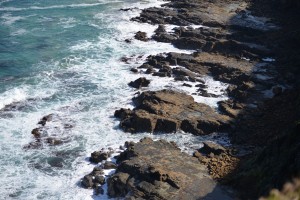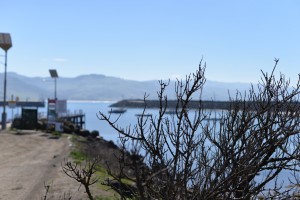Blog Post Week 6
Howard Gardner – Five Minds for the Future
One of the biggest points I gained from Gardner’s reading was that everyone has a different kind of mind and one is not more important than the other. But all of the minds can create a very successful, functioning, productive workplace if treated properly and given the time and space to grow. From a work perspective, I think this is particularly essential to keep in mind, especially if you are in any kind of management or leadership position and leading a team. But from a human being perspective, it is an important lesson that all minds are equal and all humans are equal regardless of what ‘mind’ they have or what they choose to do with it. Disciplined mind, the synthesizing mind, the creating mind, the respectful mind and the ethical mind – these are all posed to us and being somewhat self-centred I immediately want to know where I fit into the categories. However, I’ve come to my own realisation that not everyone fits perfectly into these boxes but each of our minds can potentially contain multiple of these. And what we want to do with our life is completely up to us.
The second was when he said “as human beings, we cannot afford to sacrifice the local for the global, any more than we can afford to sacrifice the arts and humanities in our efforts to remain current with science and technology”. At this point; the naturist, the vegetarian and the supporter of local shopping in me screams ‘finally’. In terms of globalisation, I think this is important to keep in mind, and remember our roots and what is natural. Swapping diets for extremely processed food and ordering cheap clothing online isn’t helping our local community – in fact, it’s just making the big rich people richer and the poorer even more poor – worsening the current divide. I’m not saying that globalisation is bad, and maybe by buying the cheap clothes online you are helping a mother provide food for her kids in Nigeria but I fully believe you need to do this research first. Globalisation has undoubtedly many great aspects, the ability to reach remote communities and provide them with help and support or increase educational standards with online resources.



